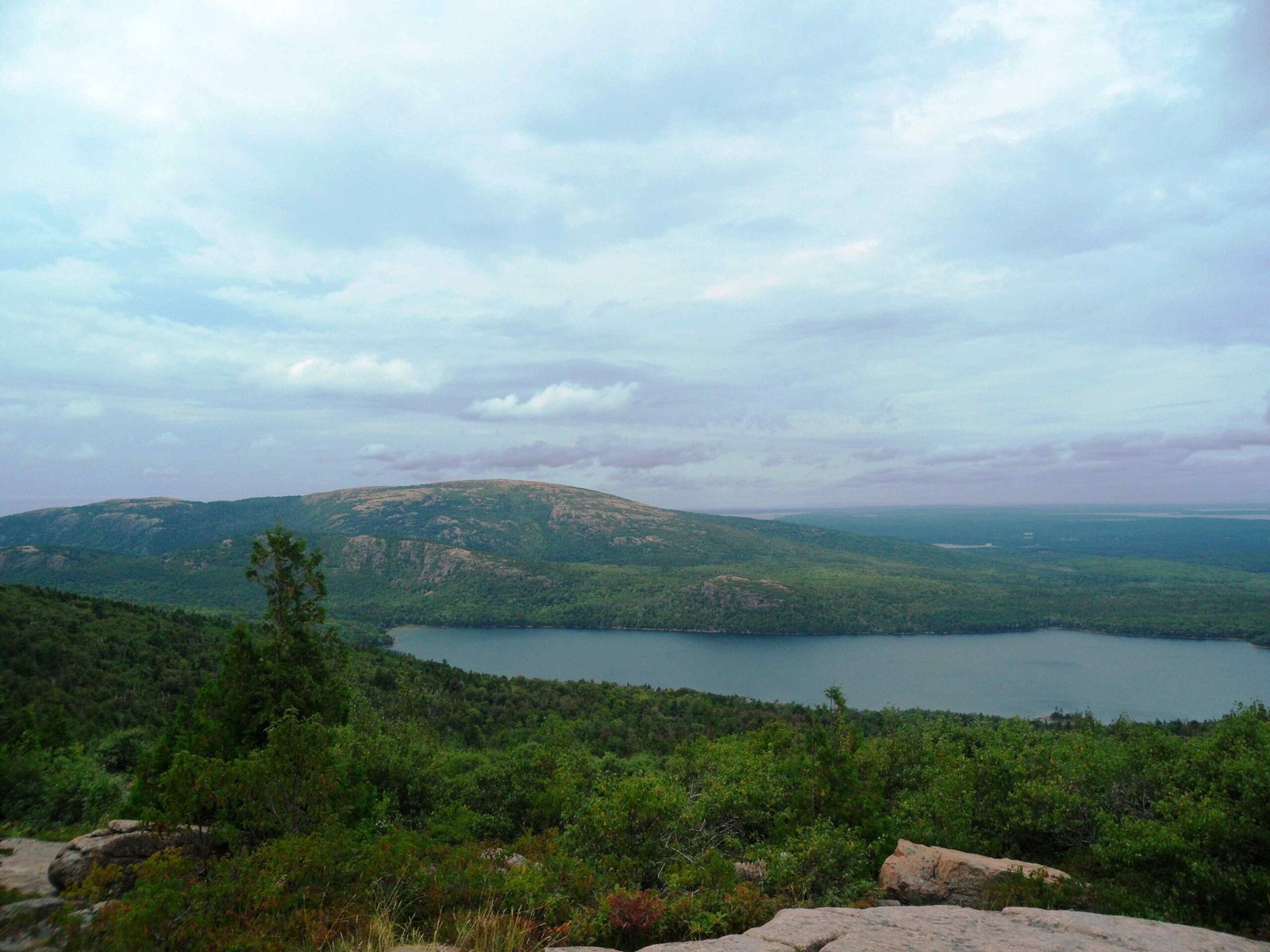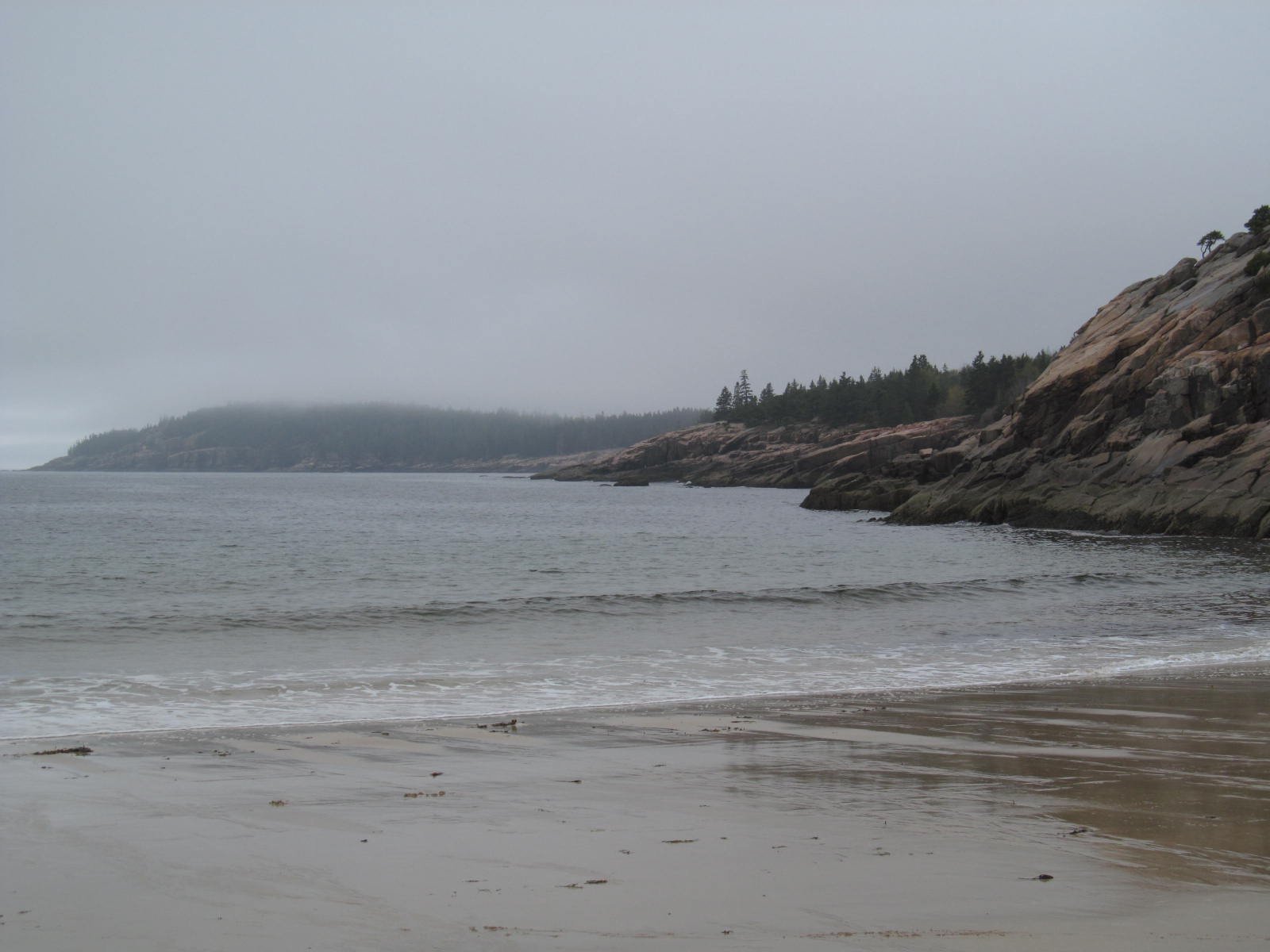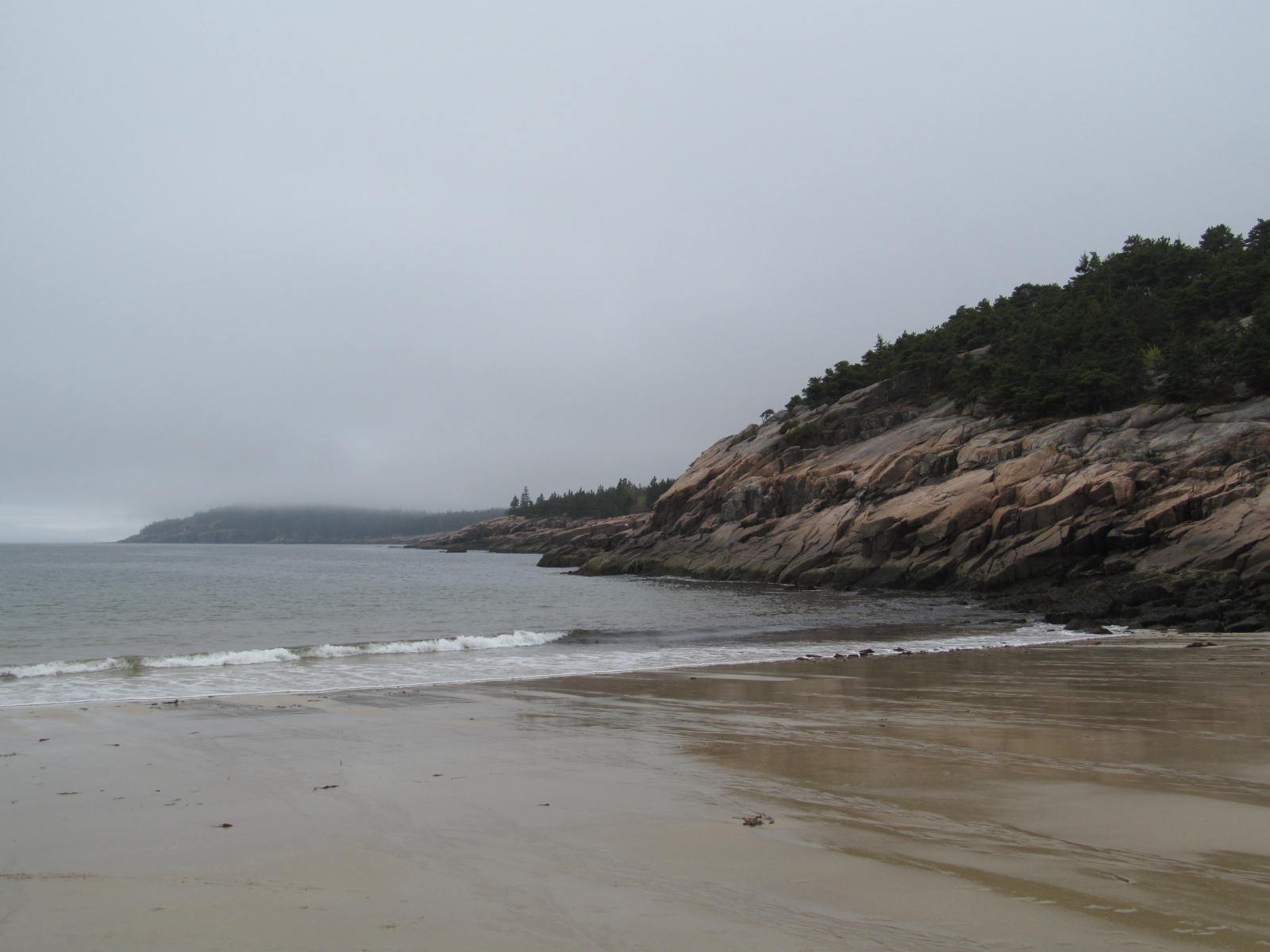Acadia National Park in Maine boasts a diverse coastal classification, featuring rocky shorelines, intertidal zones, and unique ecosystems. The park’s 64 miles of coastline showcase a rich tapestry of geological formations and marine biodiversity. This comprehensive guide explores the various coastal classifications, ecosystems, and geological features that make Acadia a natural wonder, while also addressing the challenges posed by climate change and human activities.
What Are the Main Coastal Classifications in Acadia National Park?

Acadia National Park’s coastal areas can be classified into several distinct categories:
- Rocky Shoreline and Coastline
- Intertidal Zones
- Wetlands, Marshes, and Swamps
- Transition Zone Ecosystems
Rocky Shoreline and Coastline
The park’s 64 miles of coastline primarily consist of rocky headlands, bays, and inlets. This rugged interface between land and sea supports a diverse array of intertidal flora and fauna. The ecosystem here is heavily influenced by:
- Ocean and air temperatures
- Nutrient-rich waters
- Twice-daily tidal fluctuations
Intertidal Zones
Acadia’s intertidal zones are home to a variety of plant and animal life. These areas include:
- Mudflats (44% of intertidal zones)
- Rocky areas (25% of intertidal zones)
- Saltwater marshes
- Beaches
These zones are particularly sensitive to climate change impacts, such as rising water temperatures and sea levels.
Wetlands, Marshes, and Swamps
In addition to coastal areas, Acadia features various inland wetland ecosystems:
- Swamps
- Marshes
- Bogs
These diverse habitats support a wide range of wildlife and contribute to the park’s overall biodiversity.
Transition Zone Ecosystems
Acadia National Park sits at the intersection of two major forest types:
- Temperate deciduous forests
- Northern coniferous forests
This unique positioning creates a transition zone with a mix of plant and animal species from both regions, adding to the park’s ecological diversity.
How Does Marine Biodiversity Interact with Coastal Classifications?

The coastal classifications of Acadia National Park play a crucial role in supporting marine biodiversity:
- Species Diversity: The park’s varied coastal habitats support a wide range of marine life, including:
- Horseshoe crabs
- Marine worms (e.g., bloodworms – Glycera dibranchiate)
- Fish
- Shellfish
-
Macroalgae
-
Ecological Interactions: The Gulf of Maine’s cold, shallow waters provide nutrient-rich environments that foster complex ecological relationships within Acadia’s coastal ecosystems.
-
Climate Change Impacts: The marine ecosystems in Acadia are particularly sensitive to climate change. Rapid warming of waters is leading to shifts in species distribution and habitat alterations.
What Are the Key Geological Features of Acadia’s Coastline?
Acadia’s coastline showcases a rich geological history:
- Formation Process:
- Started as mud, sand, and volcanic ash deposits in an ancient ocean
- Materials were buried and pressurized into rock
- Shaped by ice sheets during glacial periods
-
Continued erosion by ocean and weather after glacial retreat (around 15,000 years ago)
- Glacially sculpted granite mountains
- Glacial erratics
- Striations
- Polish and chatter marks
-
U-shaped valleys and cliffs
-
Ongoing Geological Processes:
- Continuous erosion and formation of new shoreline features
- Accelerated sea level rise due to climate change (currently over 1 inch per decade)
What Amenities Are Available for Visitors to Explore Acadia’s Coastal Classifications?
Acadia National Park offers various amenities to help visitors explore and appreciate its coastal classifications:
- Parking and Accessibility:
- Multiple parking areas throughout the park
-
Trails designed for different accessibility levels
-
Guided Tours and Educational Programs:
- Ranger-led programs
- Nature walks
-
Educational activities focused on marine biodiversity and geological features
-
Visitor Centers:
- Provide information on park features, trails, and programs
- Offer maps and guides for self-guided exploration
For the most up-to-date information on amenities and programs, visitors should consult the official National Park Service website or inquire at park visitor centers.
How Is Climate Change Affecting Acadia’s Coastal Classifications?
Climate change is having significant impacts on Acadia’s coastal classifications:
- Sea Level Rise:
- Accelerating at a rate of over 1 inch per decade
-
Threatening low-lying coastal areas and intertidal zones
-
Water Temperature Changes:
- Rapid warming of the Gulf of Maine
-
Altering habitats and species distributions
-
Ecosystem Shifts:
- Changes in plant and animal communities
-
Potential loss of certain species unable to adapt quickly
-
Increased Erosion:
- More frequent and intense storms
- Accelerated coastal erosion and habitat loss
Park managers and scientists are actively monitoring these changes and developing strategies to protect Acadia’s unique coastal ecosystems in the face of climate change.

